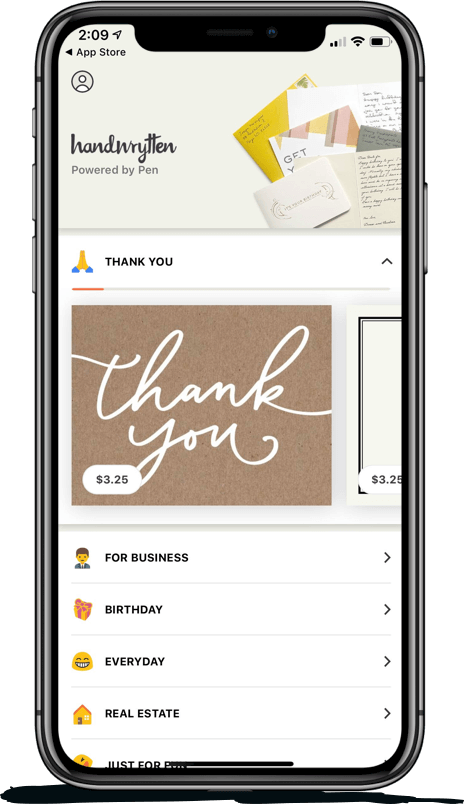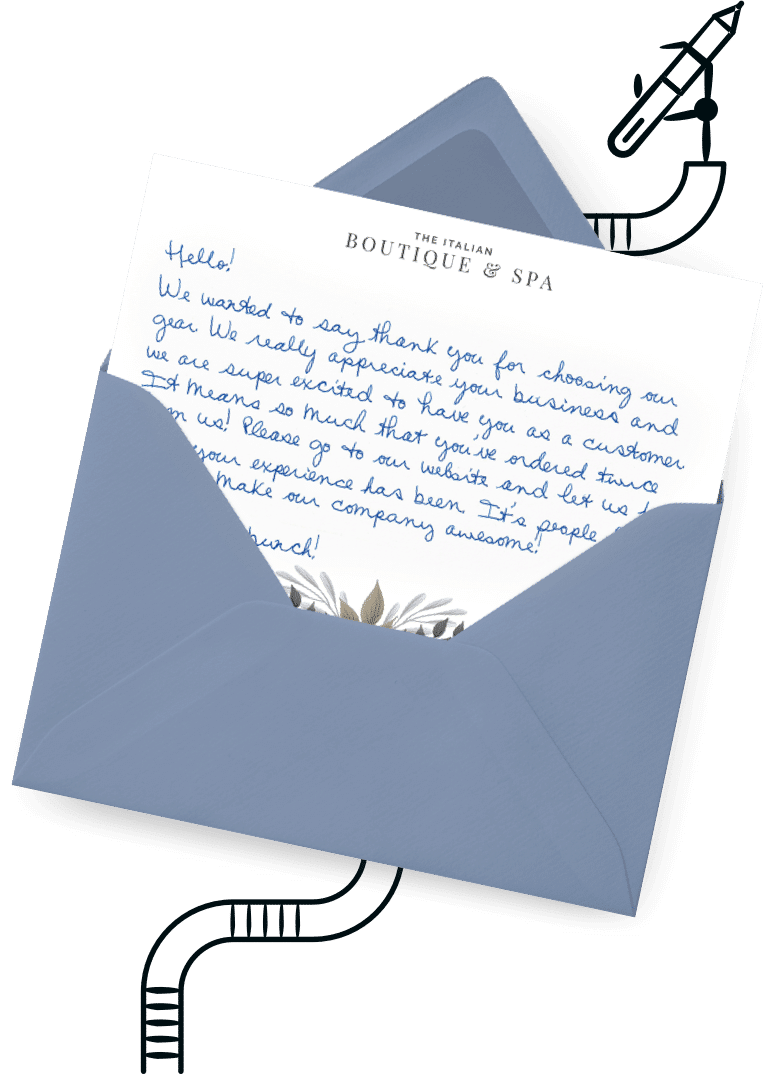
9280 S. Kyrene Rd.
Suite 134
Tempe, AZ 85284
Phone: +1 (888) 284-5197
Email: contact@handwrytten.com



You have been subscribed. Thank you!


As you consider the marketing strategies available for your business, you may have encountered the term “relationship marketing.” This form of marketing creates deeper connections with your customers to foster brand loyalty and enhance customer satisfaction. Relationship marketing goes beyond short-term sales transactions and focuses instead on long-term customer cultivation. Explore this guide to relationship marketing to discover ways you can put relationship marketing into practice.

Relationship marketing is traditionally defined as strategies and techniques designed to foster customer loyalty, brand affinity, and long-term customer engagement with a business. This form of marketing emphasizes building strong bonds with customers by providing them information that meets their needs and promoting open dialogue between company brands and customers. Jay Deutsch, CEO of brand merchandising agency BDA, takes this definition of relationship marketing one step further by emphasizing that relationship marketing is “a brand’s ability to create an emotional connection with the consumer.”
You’ve likely heard the familiar business adage that it’s easier to retain current customers than it is to acquire new ones. When you promote relationships with your customers that extend beyond simply selling them your products and services, you give them the opportunity to connect with your business in a way that’s relational, not transactional alone.
Relationship marketing isn’t defined by a specific tactic, such as sharing feel-good posts about your business on social media. Think instead of relationship marketing as a strategic approach to customer retention. What does your business do for your customers that no other business can do? Use the answer to this question to take your customer relationships to a more personal level.
In today’s business marketplace, acquiring new customers takes time and effort. From influencer marketing to pay-per-click online advertising, the paths available for marketing and promotions are many. However, once you obtain some promising leads and turn leads into customers, you want to maximize their value to your business. Personalizing the customer experience and showing that you care about your customers beyond mere monetary transactions are what makes relationship marketing so effective.
When you don’t connect with and engage your customers, it’s too easy for them to forget about you, even if they are completely satisfied with doing business with you. Competitors and distractions are many. Your customers need personal bonds with you so that they take notice when you launch a new product or hold a sale.
For example, if your customers remember that you took time to reach out to them to ask for their thoughts on new products or ways you can add value to their shopping experience, then connecting with you again will become like second nature to them.
To connect with customers and build relationships, you can incorporate digital and nondigital sources into your relationship marketing strategy. The marketing techniques you use depend largely on your customer audience, particularly when it comes to social media. For example, Facebook remains a popular platform for communicating timely news and information. Instagram is ideal for sharing snippets of your company culture in visual content segments.
The best platform for you is the one your customers use the most. Find out how your customer base engages with you in the first place, then make sure you’re meeting customers where they are.
Once you choose to invest time into engaging with customers, make the time a priority. You may ask a member of your team to spend an hour or two per day checking in on social media to respond to customers leaving reviews or asking questions. Approach this time as though you are catching up with friends rather than making hard sells.
Nondigital strategies could involve creating a direct-mail campaign with personality. Some nondigital relationship marketing examples could include sending personalized handwritten cards to customers on their birthdays with a special discount or complimentary gift coupon enclosed. Informational newsletters are great for making customers aware of upcoming events or general news about your business and your employees.
When you’re trying to decide how to develop a relationship marketing campaign, consider the type of content you may want to use. Remember, the more personalized you can be with your content, the more engagement you can create with it. For digital platforms, video is especially useful to connect with members of your audience. Shareable graphics and messaging are ideal for social media platforms to further encourage relationship building with your customers. Once they are shared by your customers, their friends will be introduced to your business through social sharing. Person-to-person marketing remains one of the best forms of customer relationship building.
Direct mail is not dead. It is still an effective way to connect with your customers without the distraction of computer and smart device screens. To succeed with direct mail and relationship marketing, make your communication materials as personalized as possible. Letters that address the customer by name or feature a handwritten signature from you with a personal note such as “thank you for your support” can go a long way toward making your customers more than names on a mailing list, but people you genuinely care about.
Follow the tips below to maximize your relationship marketing potential:
Retaining your customers and empowering them to be brand ambassadors can be highly effective for your business. With the right relationship marketing strategies, you’ll be able to create long-lasting bonds with your customers that go beyond mere dollars-and-cents transactions alone.


Scale your handwritten outreach, creating positive impressions and long lasting bond.
Sign Up Today!


Over 100 designs to choose from or design your own. Our online card customizer makes it simple.
Check Out Our Cards!





